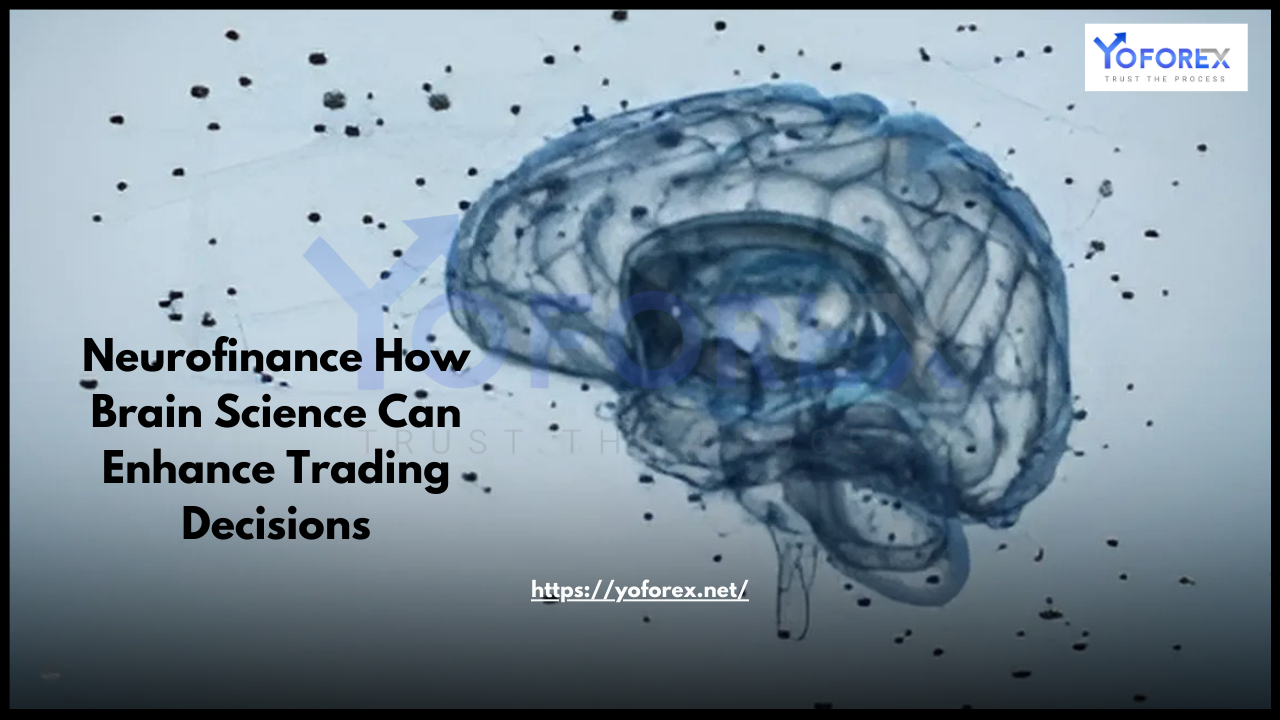In the fast-paced world of financial markets, emotions and cognitive biases often influence decision-making, leading traders to make irrational choices. Neurofinance, an emerging field that integrates neuroscience with financial decision-making, aims to understand how the brain processes risk, reward, and uncertainty. By applying insights from neurofinance, traders can optimize their strategies, reduce emotional bias, and improve their overall trading performance. This article explores the principles of neurofinance and how traders can harness brain science to make better financial decisions.
Understanding Neurofinance
Neurofinance combines psychology, neuroscience, and financial decision-making to analyze how traders respond to market conditions. Researchers use neuroimaging techniques such as fMRI (functional magnetic resonance imaging) and EEG (electroencephalography) to study brain activity when individuals make financial decisions. The goal is to identify patterns that lead to impulsive or rational choices and to develop strategies to mitigate cognitive biases.

Key Findings in Neurofinance
- Emotions Drive Decisions: The amygdala, a brain region associated with fear and pleasure, plays a significant role in decision-making. Traders often experience fear (leading to risk aversion) or excitement (leading to overconfidence), which can impact their trades.
- Cognitive Biases Affect Judgment: Traders frequently exhibit biases such as loss aversion (where losses are felt more intensely than gains), confirmation bias (favoring information that aligns with their beliefs), and overconfidence bias (believing they have superior market knowledge).
- Dopamine Influences Risk-Taking: Dopamine, a neurotransmitter linked to pleasure and reward, can drive traders to take excessive risks when experiencing a winning streak, leading to poor decision-making.
How Brain Science Can Improve Trading Decisions
Understanding the brain’s role in trading can help investors and traders develop strategies to counteract emotional decision-making. Here are key ways traders can apply neurofinance insights:
1. Enhancing Emotional Regulation
- Mindfulness and meditation can help traders stay calm under pressure and reduce impulsive reactions.
- Recognizing emotional triggers (such as fear or greed) allows traders to take a step back before making a decision.
- Developing a disciplined trading plan ensures that emotions do not dictate market entries and exits.
2. Overcoming Cognitive Biases
- Loss Aversion: Traders should focus on risk-reward ratios rather than dwelling on individual losses. Implementing stop-loss strategies can help mitigate emotional responses to losses.
- Confirmation Bias: Seeking diverse opinions and conducting unbiased market analysis can help traders avoid filtering information to match their beliefs.
- Overconfidence: Keeping a trading journal and analyzing past mistakes prevents traders from becoming overconfident in their strategies.
3. Optimizing Risk Management
- Neuroscientific research shows that excessive stress impairs rational decision-making. Proper sleep, exercise, and stress management techniques enhance cognitive function.
- Limiting exposure to high-risk trades and maintaining a diversified portfolio reduces the impact of emotional trading.
- Implementing automated trading systems can help remove human emotion from trade execution.
4. Harnessing Neuroplasticity for Continuous Improvement
- The brain has the ability to adapt and rewire itself through neuroplasticity. Traders can develop better decision-making habits through deliberate practice.
- Engaging in scenario analysis and simulation trading helps the brain recognize patterns and improve real-time decision-making.
- Keeping up with Neuroscientific research and applying insights consistently leads to long-term improvements in trading performance.
The Future of Neurofinance in Trading
Advancements in Neuroscientific are paving the way for innovative trading tools. Some future developments include:
- AI-Powered Trading Assistants: Algorithms that analyze traders’ brain activity and suggest optimized strategies based on cognitive patterns.
- Wearable Neurofeedback Devices: Headbands and sensors that monitor brain activity to provide real-time feedback on stress and focus levels.
- Personalized Trading Coaching: Neurofinance-based coaching programs tailored to individual traders’ cognitive and emotional tendencies.
Conclusion
Neurofinance offers valuable insights into how the brain influences trading decisions. By understanding the neurological basis of emotions, biases, and risk-taking, traders can make more rational choices, enhance their performance, and achieve long-term success in the markets. Embracing brain science in trading is not just a competitive advantage—it is a fundamental step toward mastering the psychological and cognitive aspects of financial decision-making.

